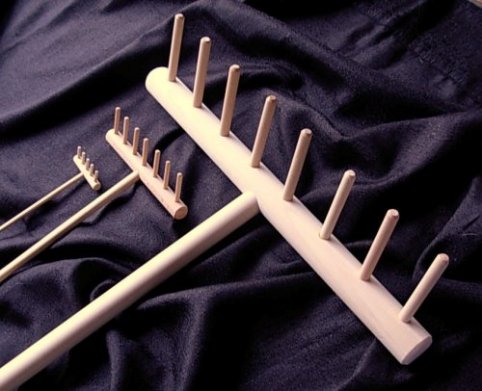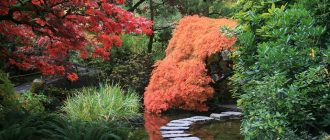The Japanese garden rake is more than a simple garden tool. It is used in Zen gardens and has a special significance and role. For more facts & information read on…
Japanese Zen Gardens have always been an important part of the Zen experience. Buddhist tradition created these to be tranquil places for those who spend time in them. The gardener creates a circular pattern or design with a Zen or Japanese garden rake, and thereby creates a meditative reflection. The act of raking is also to help set focus and concentration for the gardener as well. For a viewer of the Zen garden, the patterns make statements of tranquility. It is also believed that the sand was intended to invoke thoughts of waves or currents.
What are the rakes used for? There are two reasons to rake your Zen garden; to keep it clean, and to make the patterns that you see in the garden. Why make patterns in your Japanese garden? The patterns make the garden more interesting and therefore come to life more. Therefore, the question presents itself, What kind of rake would you use in a Zen garden? There are a couple of different types of rakes and they are made out of several different types of materials. A different type of pattern can be achieved with each type of rake, and sometimes more than one, depending on how you use the rake.
• Solus – curved for making wave patterns
• Dowel tooth – these make lines in the gravel or sand
• Saw tooth – produces a different type of line
• Flat – for evening out the sand or gravel.
Each of these rakes can be made of poplar, oak or beech wood and they come in small, medium, large or table top sizes. These rakes tend to be handmade, and you would choose the one that matches your garden size. Typically, table top gardens use a very small rake that fit between your thumb and forefinger. The space between the teeth of your rake should depend on the coarseness of your gravel. Very coarse gravel would require more space between the teeth where smaller gravel wouldn’t.
The patterns made by the rake are to represent flowing water since traditional Zen gardens don’t have water in them. Depending on your pattern that you have made with your rake, it shows how water is rippling or flowing in a certain direction. Stones and other small items or elements are introduced into the garden for the representation of islands and mountains. These items must be raked around carefully so as not to disturb them. When raking around stones, it is to compliment them. The placing of the stones has spiritual meaning behind them as well, but only to the person that has placed them.
The patterns represent water so what will they be in your garden? The patterns raked depend on what your water flow and reflection are. What the lines look like depend on the type of rake used and how it is used. Happy raking!





